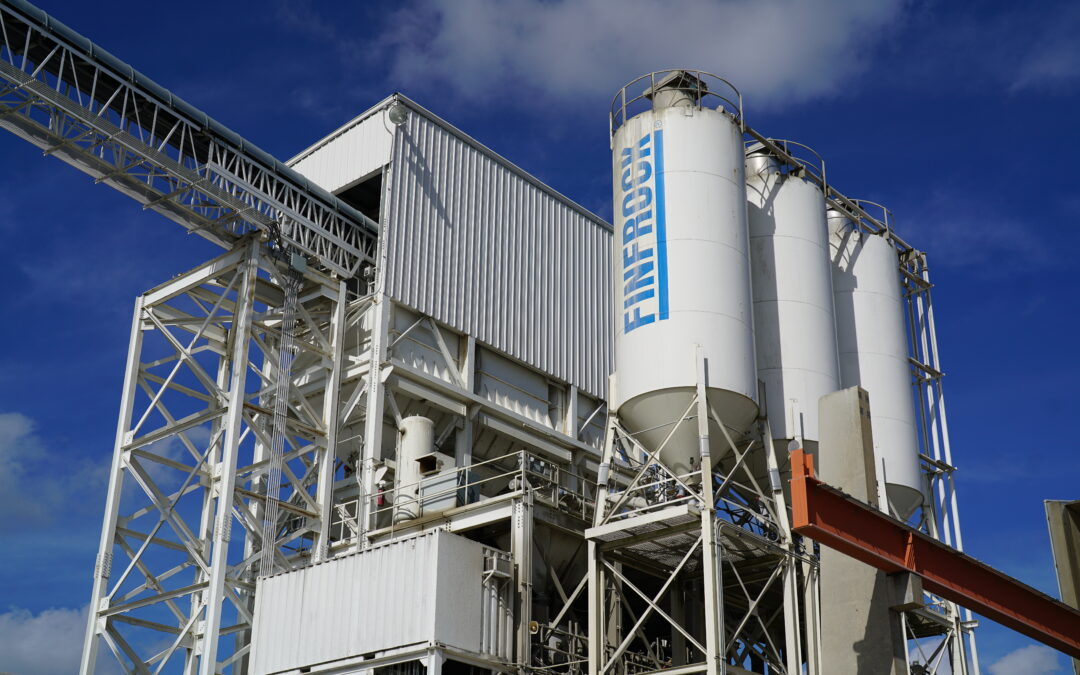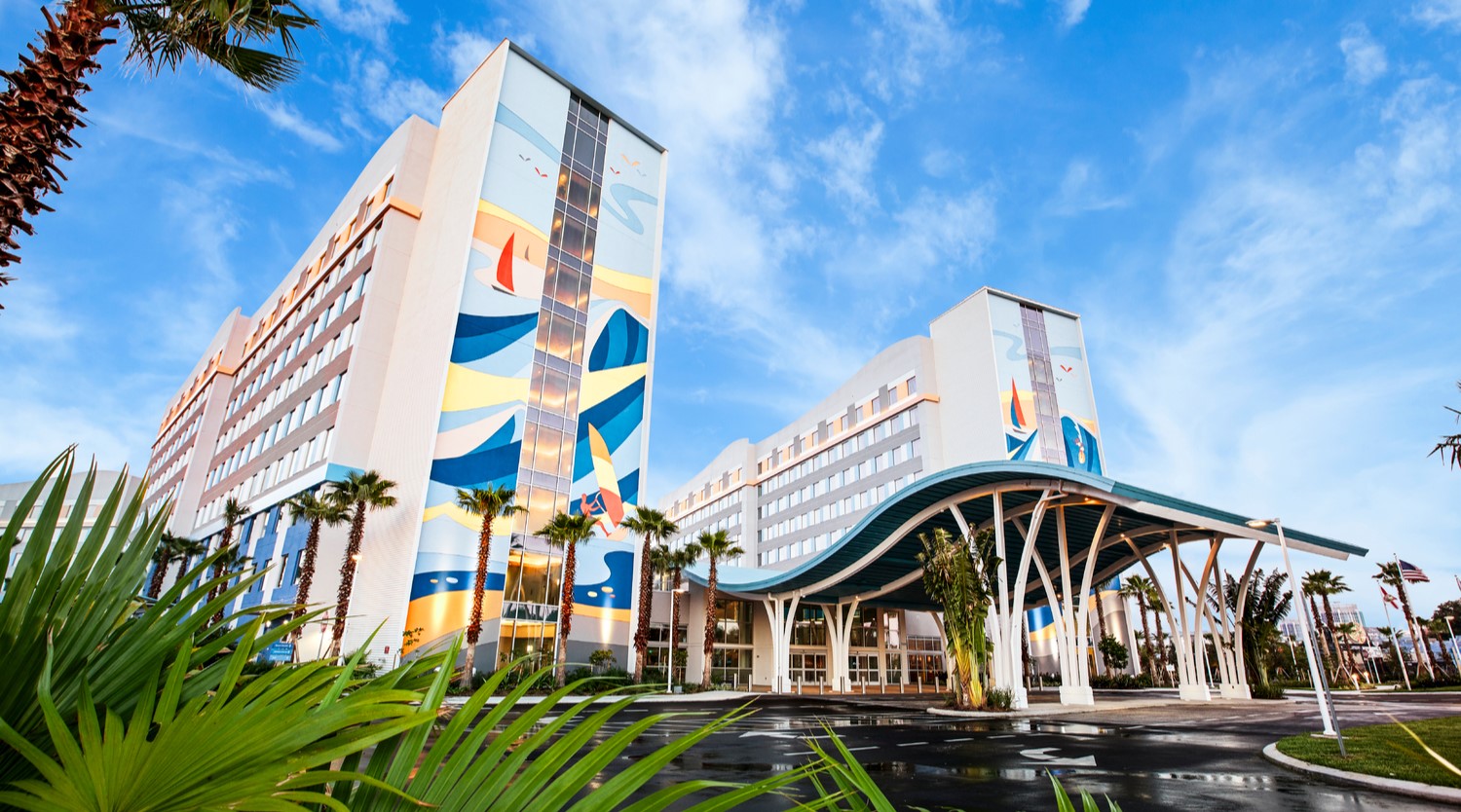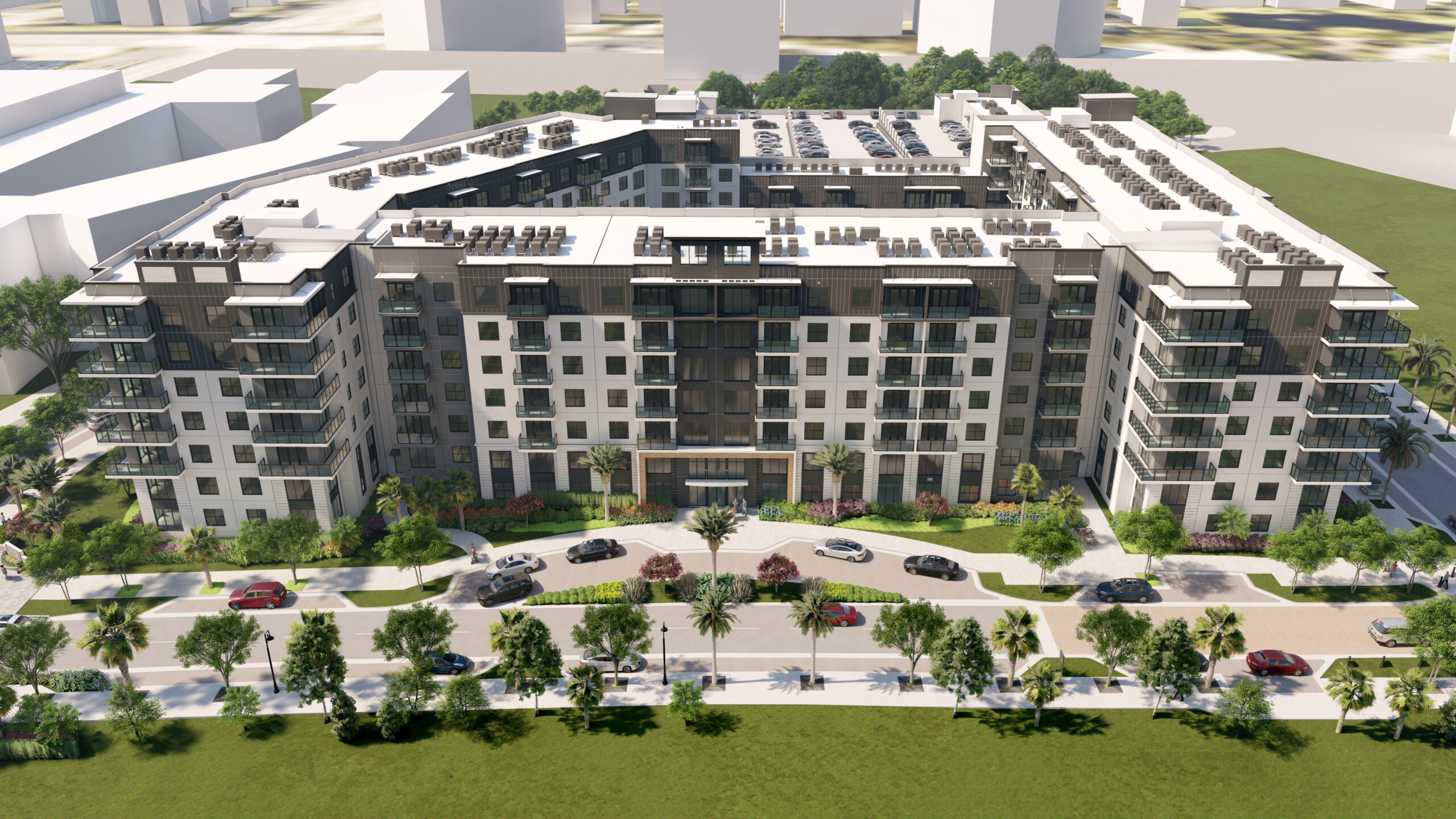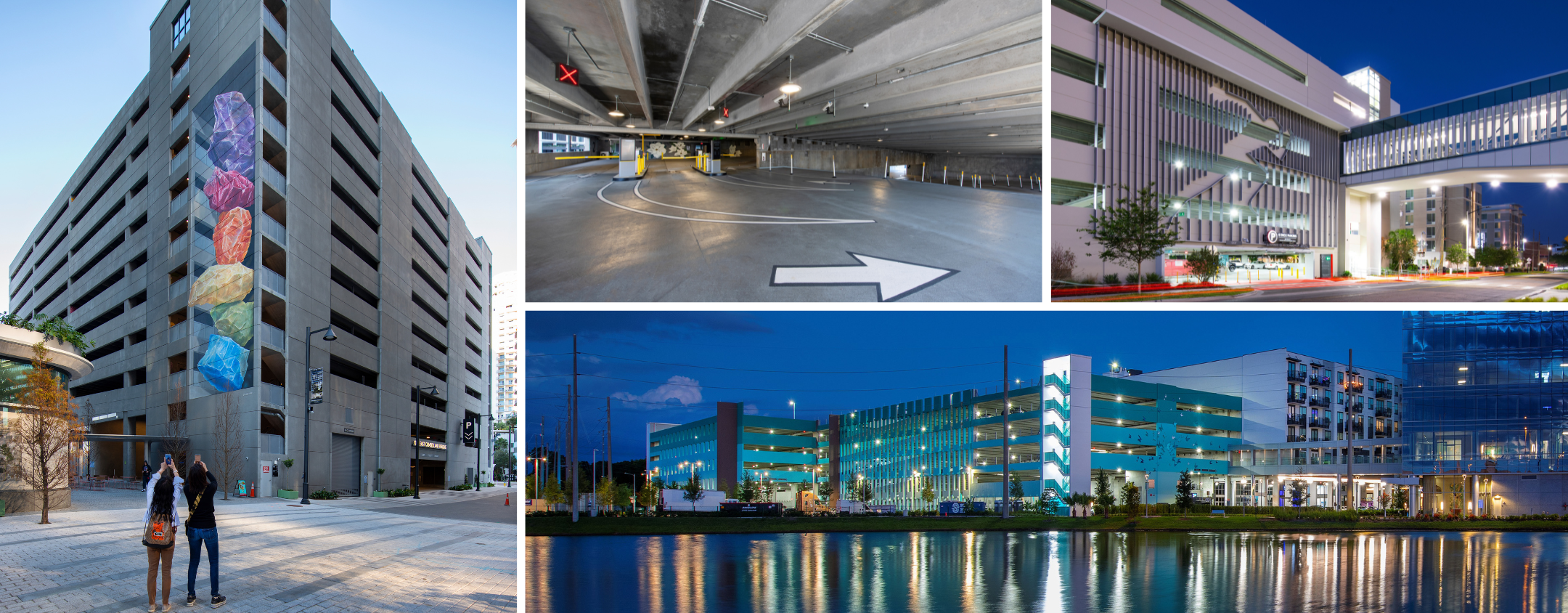FLORIDA MAINTAINS STEADY GROWTH RATE DESPITE NATIONAL ECONOMIC CHALLENGES
Looking ahead, 2024 presents an intriguing landscape for development in Central Florida. The residual impacts of the 2020-2023 inflationary period persist, posing financial challenges for development deals amid high-interest rates and projected rental rates. While the supply chain issues presented in recent years past are resolved, the pace of inflation has been steadied to normal historical rates. However, subcontractors across the region are still relatively busy with ongoing projects, so construction pricing has yet to decrease. Developers are cautiously approaching 2024, with some adopting a “Survive Until ’25” mindset, anticipating limited new construction starts.

All the while, Florida’s construction industry experienced its fifth consecutive month of growth in October 2023 with 2,500 jobs added since September 2023. New construction permitting also continues to trend upward in Florida, demonstrating Florida’s unique level of economic health. Florida also continues to lead the nation in new business formations, with 2.7 million new businesses since 2019.
Amid the struggle to advance new deals, heightened competition in the market is evident. Despite the challenges, as of December 2023, there is a notable abundance of development opportunities in the construction sector. The key lies in identifying financeable projects for developers to take a chance on.
Hotel/Hospitality
However, with occupancy returning to pre-pandemic levels, development activity is expected to persist in Florida once cost, interest rates, and room rates align favorably.
Multifamily/
Condominiums
Developers, however, may cite the need for a cooling-off period to absorb the influx of units delivered in the past year. While rental rates in Florida’s urban cores remain robust, struggles to keep pace with inflation and increasing interest rates have directed developers towards lower-density options in markets outside of the region. With the need for housing, this sector has slowed down but will continue gradual growth.
Student Housing
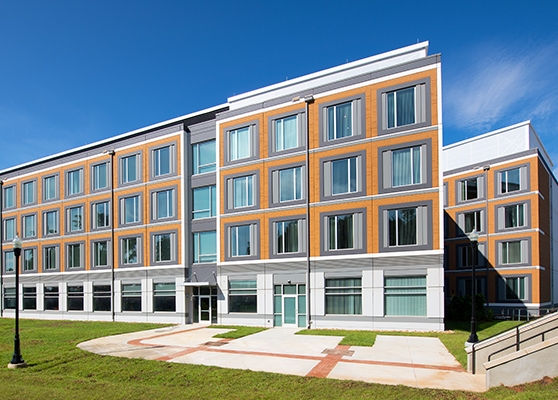
Florida’s influx of new residents has fueled the state’s economy and contributed to its overall growth and prosperity. Student housing facilities, which serve as vibrant communities for academic pursuits and personal growth, are operating at an impressive current on-campus occupancy rate of 94% or higher.
This surge in demand reflects not only the allure of Florida’s academic institutions but also the state’s broader appeal as a desirable place to live and study. Growth varies by institution, but if schools can expand their footprint, this market will likely continue to expand, albeit slowly.
Office Buildings
The Orlando Metropolitan Statistical Area (MSA) has experienced positive economic indicators in the third and fourth quarters of this year. The labor force continued to increase, keeping unemployment rates steady. Key sectors such as financial services have contributed to job growth. This sector added over 3,100 jobs to the region in the past year, further enhancing the economy. However, the office market has seen a slowdown, influenced by work-from-home trends adopted by some companies, reducing demand for office space. Build-to-suit office projects are underway, but the spec-built office market may take a considerable amount of time to regain momentum, if ever.
Retail
Parking Structures
The parking structure market, which experienced a slowdown in 2022, has seen renewed opportunities in 2023 and is expected to continue into 2024. Mixed-use garages, integrating with surrounding structures, are a growing trend, reflecting the evolving needs of urban development.
As the commercial construction industry continues to expand in Florida, parking opportunities remain prevalent across various sectors. Despite developers’ inclination to minimize the need for parking structures, they remain integral to urban development, particularly in a state experiencing consistent population growth. The outlook for demand for FINFROCK’s parking structures remains robust as the retail, multifamily, hotel, and office markets sustain healthy growth.

